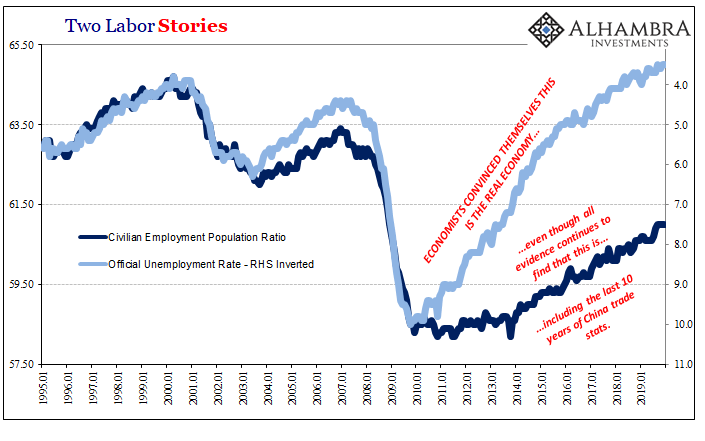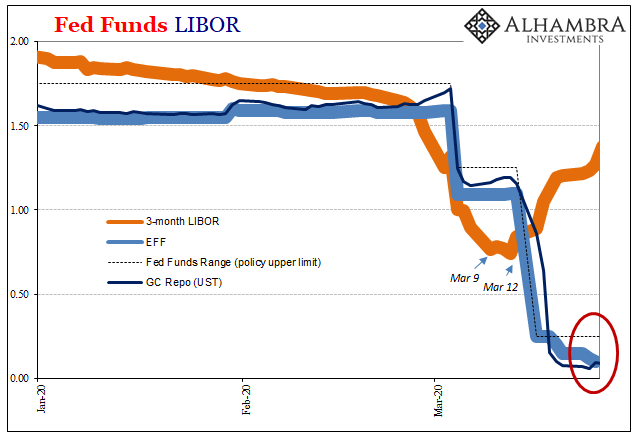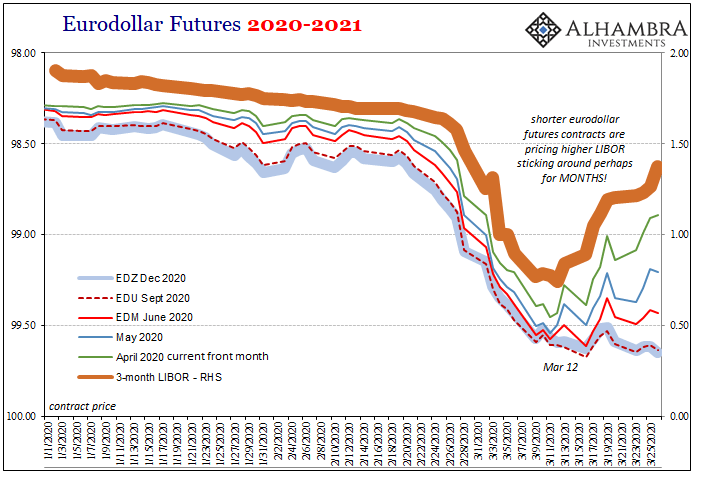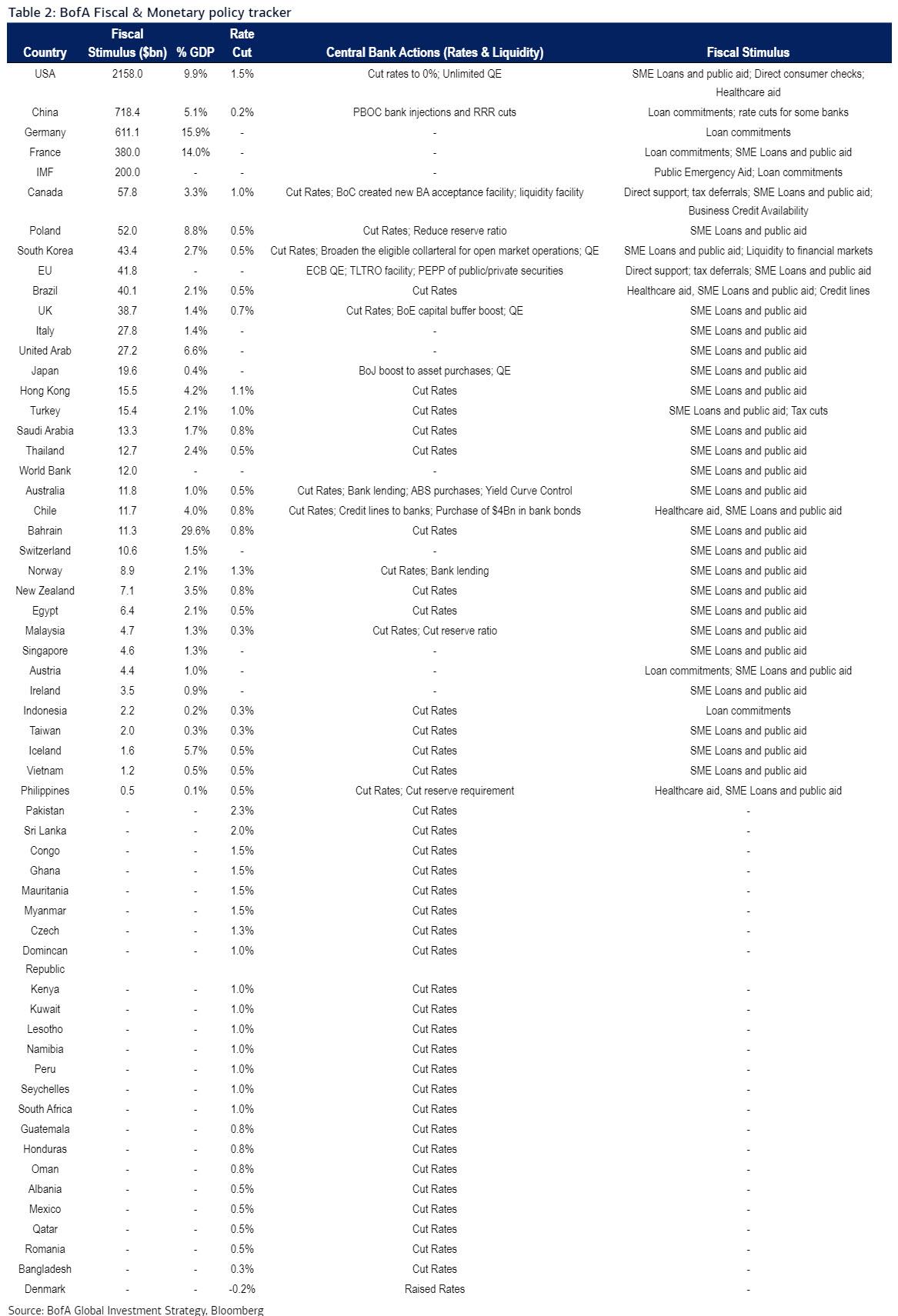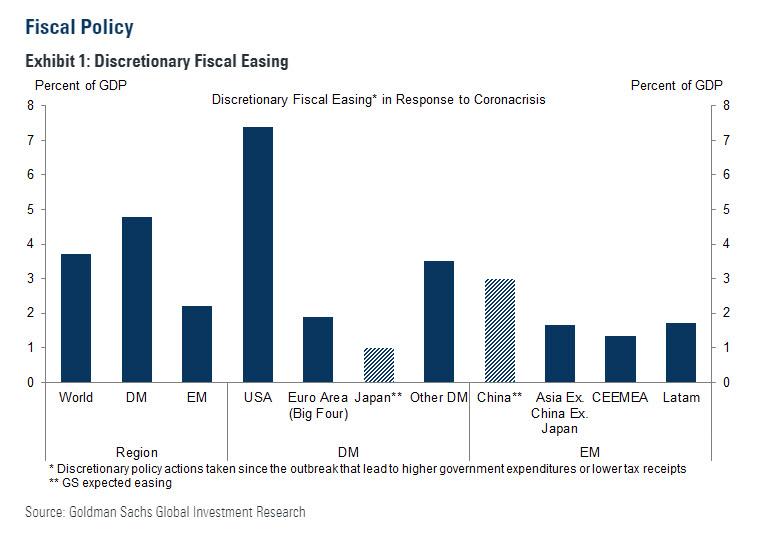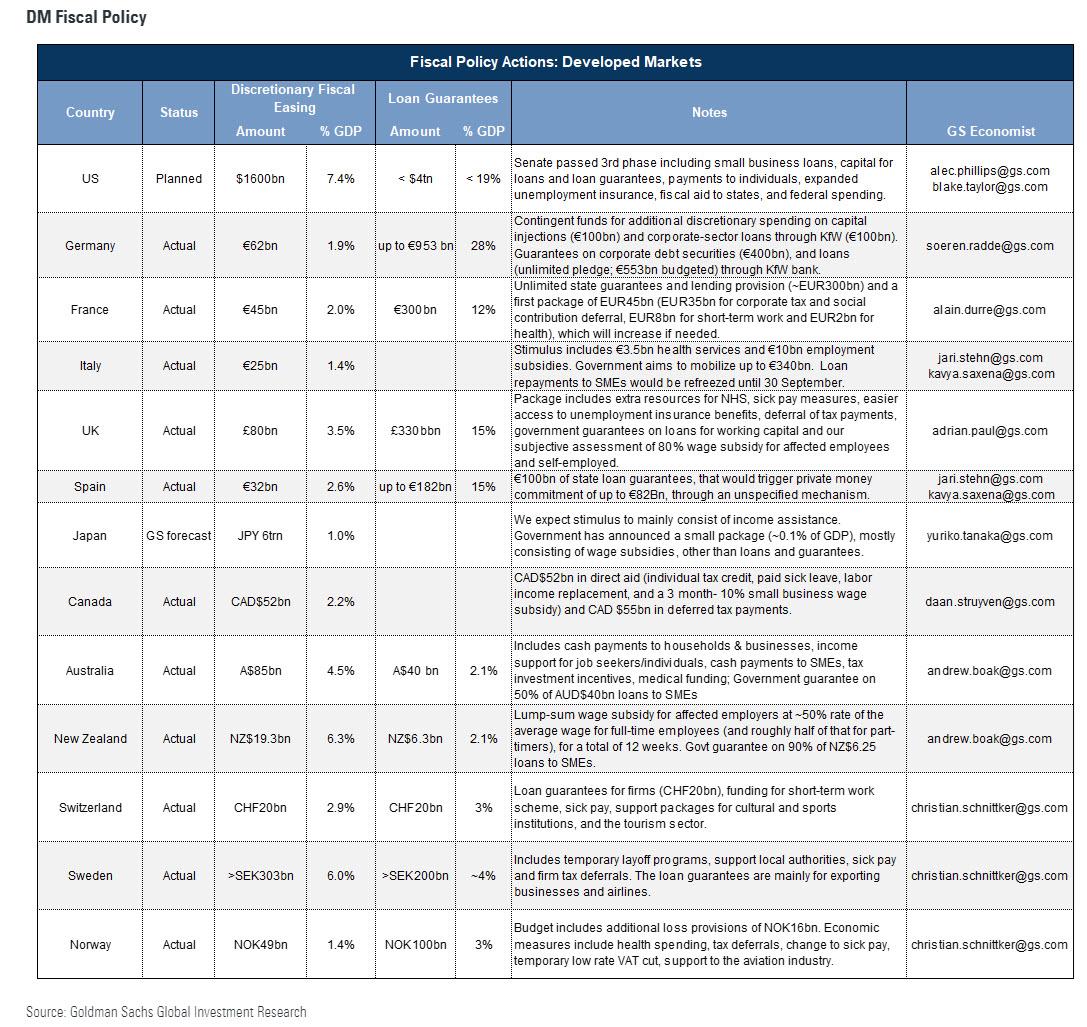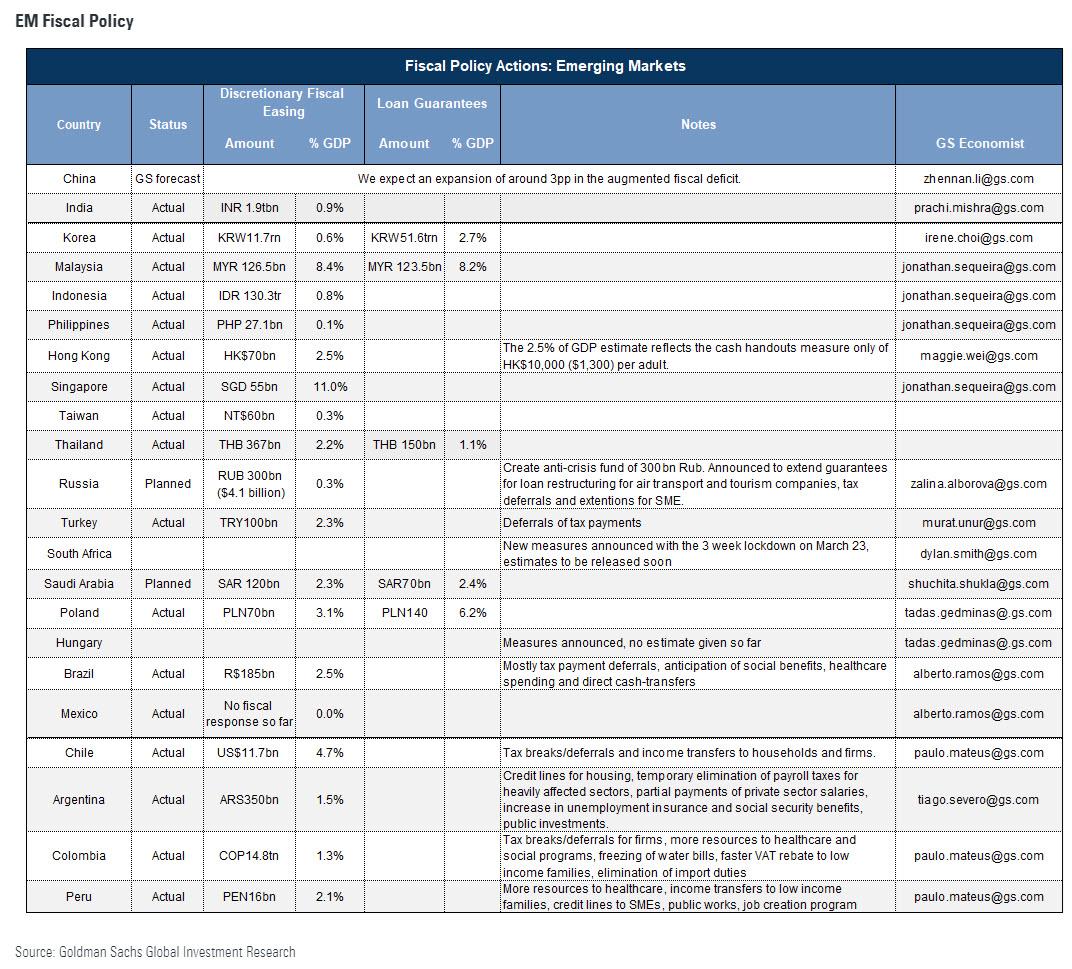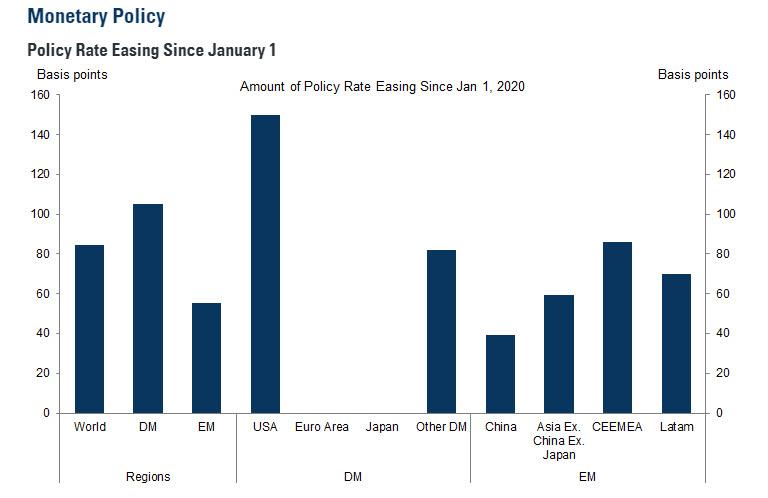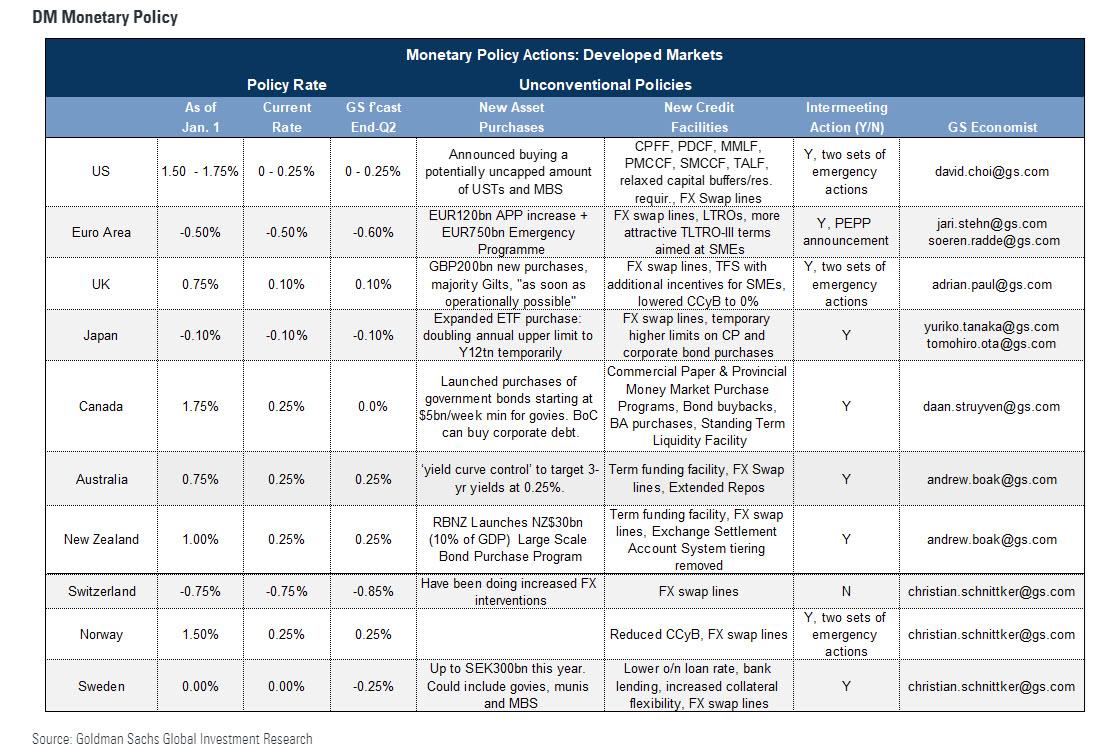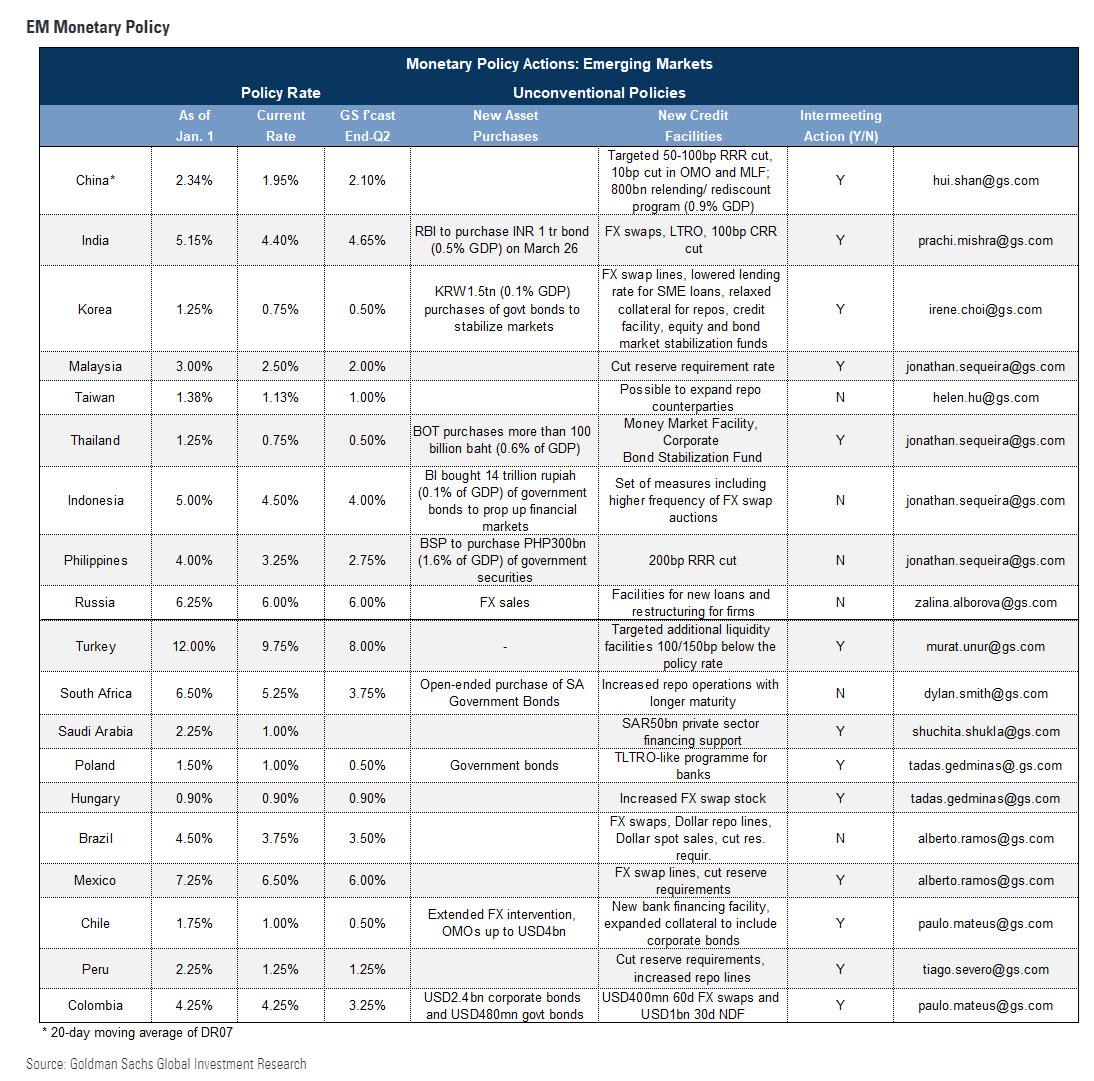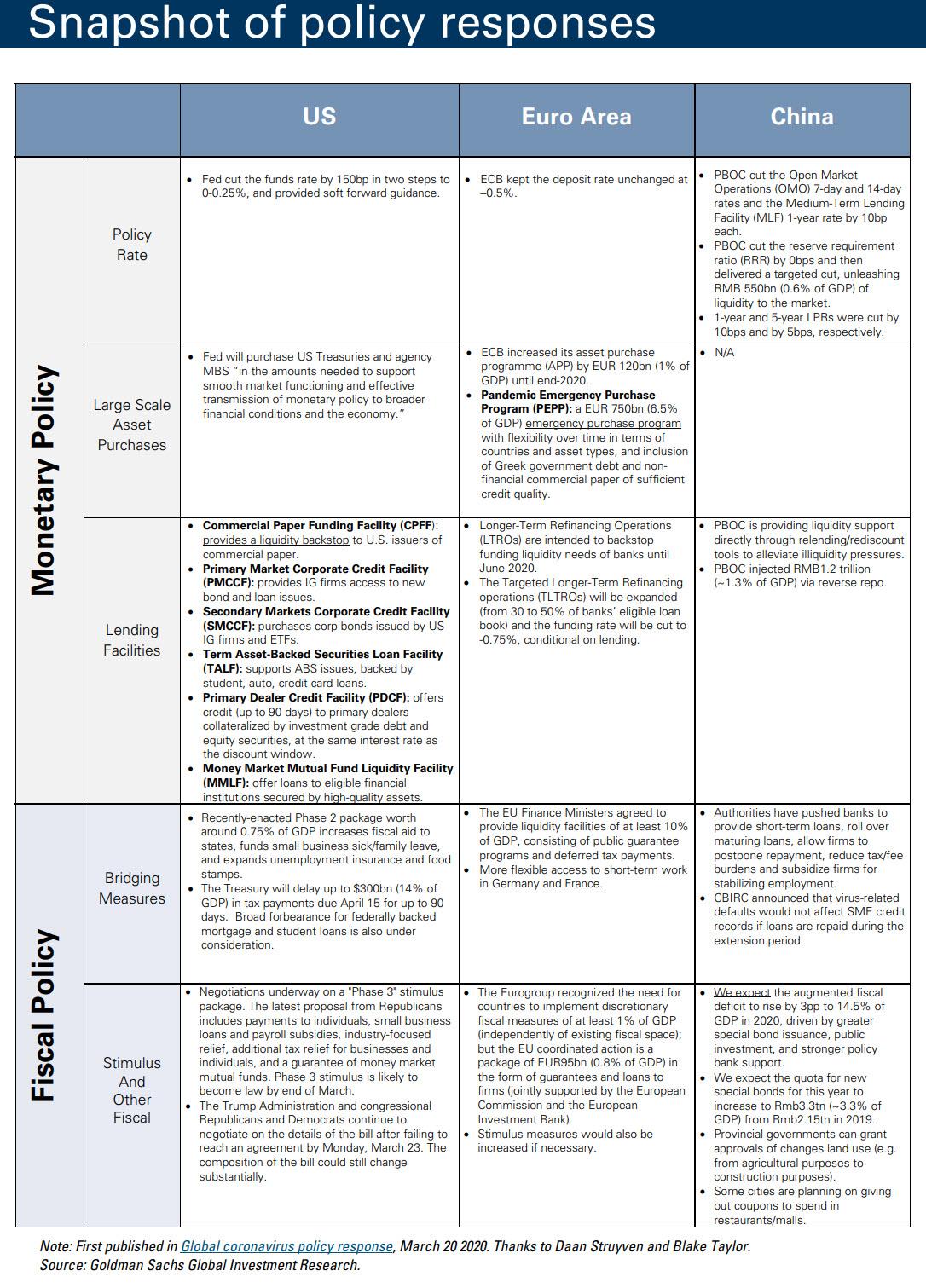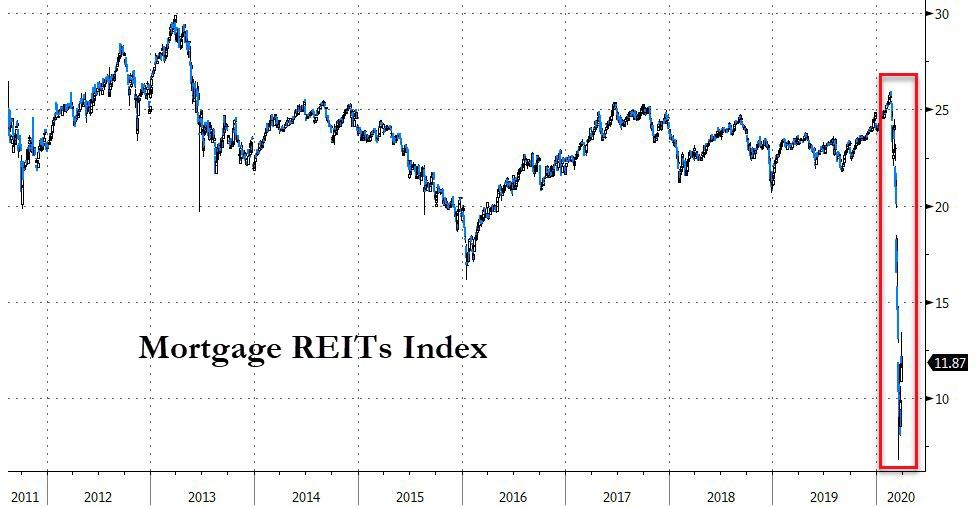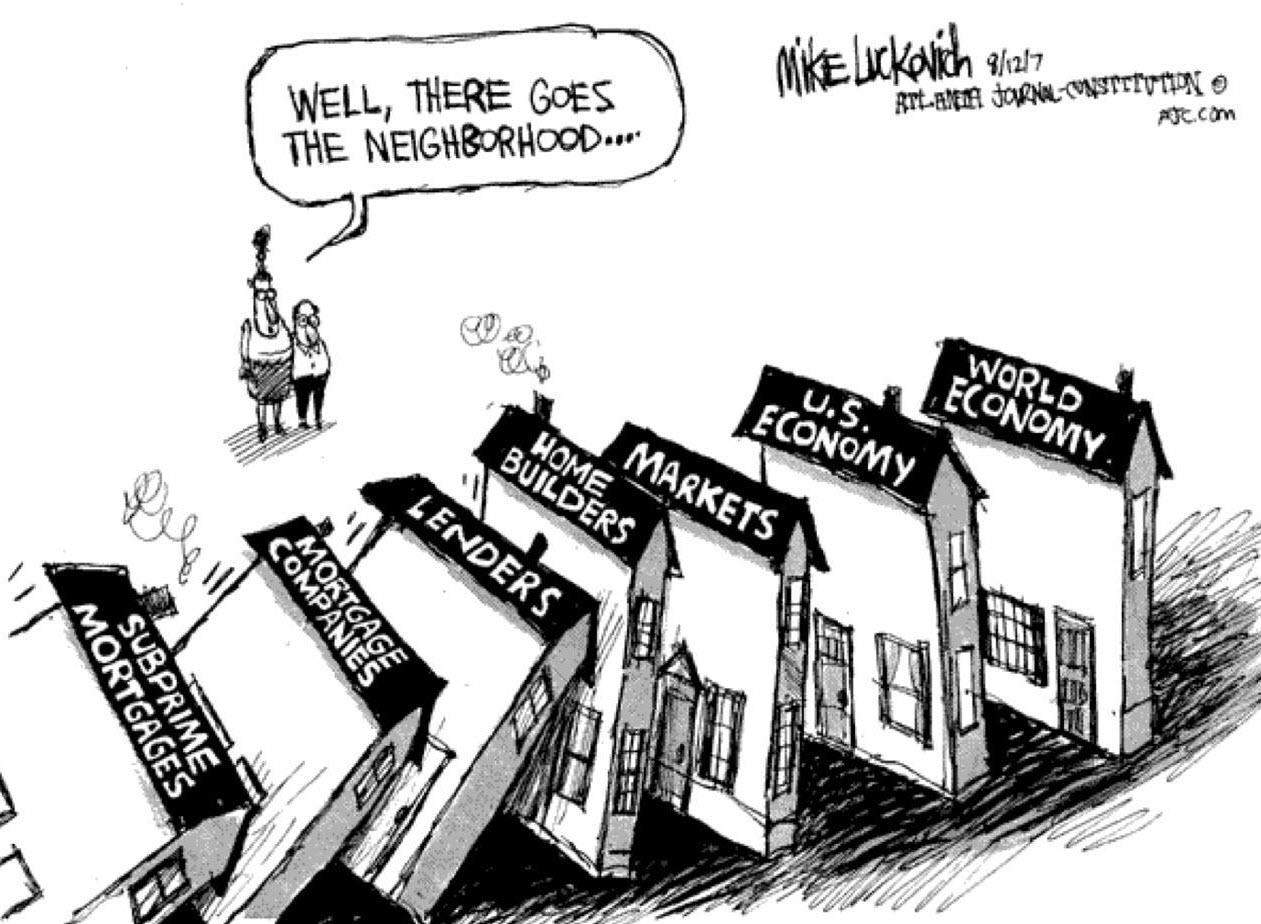Please enjoy the latest edition of Short Circuit, a weekly feature from the Institute for Justice.
New on the Short Circuit podcast: cert petitions, a prison shank public records request, and an arrest for being a smart mouth. Click here for iTunes.
- For years, scientists could serve on EPA advisory committees while also receiving EPA grants. In 2017, the EPA put a stop to that. A group of scientists sues. Scientists: By excluding the many scientists who rely on agency grants, the EPA has ensured that an uneven number of advisory committee members now hail from regulated industries. That violates the Federal Advisory Committee Act. EPA: The courts can’t review any of the scientists’ claims. First Circuit: Yes we can. The case can proceed.
- The feds give out grants to state and local law enforcement under a program called the Edward Byrne Memorial Justice Assistance Grant Program. May the attorney general withhold grants from so-called sanctuary cities and states that refuse to share information with the feds about, or allow them access to, arrested undocumented immigrants? Siding with three other circuits, the First Circuit says no. (The Second Circuit created a split last month.)
- Somerville, Mass. police officer is forced into retirement after the dep’t learns he is nearly blind in one eye. First Circuit: Could be a violation of the Americans with Disabilities Act, among other things. In his 19 years of service, his monocular vision never seemed to have caused a problem, and, though the dep’t claims high-speed pursuits are an essential element of his job, that may or may not be true, and in any case he may be able to safely conduct such pursuits. Back to the district court for more fact-finding.
- Public defenders sue the feds after access to their clients in Brooklyn, N.Y. prison is repeatedly denied on short notice, and, after reports that heating had failed during a period of intense cold, prison officials refuse to provide info on their clients’ well-being. District court: The defenders lack a cause of action under the Sixth Amendment; the right to counsel belongs solely to the accused. Second Circuit: Not so fast. The district court needs to give that claim, plus another about whether prison officials violated Bureau of Prisons policies on attorney-client visits, a closer look.
- Outside the trial of a Baltimore gang leader who allegedly murdered a witness, some of the defendant’s friends hold up their cell phones near a juror. She tells the other jurors, “guys, this is really serious, they’re taking pictures of us.” The judge investigates, thinks nothing happened, and dismisses the worried juror. The remaining jurors convict. Fourth Circuit: Dismissing the worried juror was not enough. The judge must hold a hearing to decide whether other jurors were afraid of gang retaliation—and thus possibly biased against the defendant. Dissent: It was just cell phones.
- Man is shot in the chest while handcuffed in the back seat of a cop car. He dies. Iberia Parish, La. police say he committed suicide and that they must have missed a gun when they patted him down. His family sues, and the parties settle. A judge seals the record and makes the settlement terms confidential. Fifth Circuit: No way. This is a matter of local and national concern, and the record should be opened.
- We may have thrice said police can’t conduct Terry stops to investigate mere misdemeanors, notes the Sixth Circuit. But that was dicta; police officers can absolutely do that.
- Allegation: When the Chicago P.D. conducts investigative stops, officers take people’s ID and won’t return it until after conducting a warrant check. A Fourth Amendment violation? Seventh Circuit: Papiere, bitte.
- Woman is arrested at protest over Ferguson shooting, released without charge. Rather than returning the $30.97 she was carrying, Multnomah County, Ore. officials give her a debit card that has a monthly service fee (imposed five days after release), a fee for using certain ATMs (with incorrect info as to which machines incur fees), and a fee for requesting the balance of the card by check, among others. Debit card company: There are several ways she could have avoided the fees, like having the funds promptly transferred to her bank account. Ninth Circuit: Her federal law, state law, and Takings Clause claims against the company should not have been dismissed.
- Goldwater Institute seeks FDA documents related to the approval of an investigational drug for treating Ebola. FDA: Sorry, all documents related to investigational new drugs are confidential. Ninth Circuit: Not from FOIA, they aren’t.
- San Francisco allows owners of units in multiunit buildings to convert to condominiums if they agree to give a lifetime lease to the current occupant. Property owners apply for conversion but then decide they would rather not give the lifetime lease. They sue instead, alleging a regulatory taking. Ninth Circuit: But they failed to seek a timely exemption from the city, so their claim isn’t final under Williamson County. Dissent: Finality is about knowing how the law applies, not jumping through procedural hoops, and everyone agrees that the city will not waive the lease requirement. The case should go forward.
- Turn to the Eleventh Circuit for a sterling opinion about a famous gold bar that, in the court’s words, “lived its best life” as a museum exhibit until it was stolen by a thief named Jared Goldman. There are Spanish galleons, The Goonies, and a holding that famous gold is worth more than its weight in gold. Which is really too bad for Goldman and another thief paying restitution. But just how much more remains to be seen. The thieves get a re-do of the sentencing court’s valuation, which may have been too high.
- Forty-three years ago, an intellectually disabled man confessed to a murder. But newly tested evidence shows that his DNA was not on the bindings used to tie up the victim. The Georgia Supreme Court says he gets a new trial. (via @ASFleischman)
- Woman pleads guilty to tax fraud in 2011, is sentenced to five years in prison. After getting out of prison on supervised release, she casts a vote in the 2016 election. Yikes! Texas forbids those with felony convictions whose sentences aren’t yet complete from voting, which her ballot said in its form language. She’s convicted of illegal voting, sentenced to five years in prison. Texas Court of Appeals: We can review neither the decision to prosecute nor the statute’s wisdom. Conviction affirmed.
- And in en banc news, the Second Circuit will not reconsider its decision that the First Amendment forbids President Trump from blocking users from the “interactive space” of his Twitter account, over a dissent that contends that the fact that the president uses the account to tweet official tweets should not mean he is barred from blocking those who tweet meanly in response. (We discussed the original panel opinion on the podcast.)
- And in more en banc news the Fifth Circuit will reconsider (on its own motion!) its decision holding that the single director structure of the CFPB was constitutional, a decision that was issued on the exact same day the Supreme Court heard oral arguments on the exact same question.
- And in additional en banc news, the Eleventh Circuit granted rehearing after Judge Newsom wrote a concurrence to his own unanimous panel opinion urging the en banc court to reconsider earlier circuit precedent regarding the interaction of (real) Article III standing and (phony baloney) Fourth Amendment standing.
- And in further en banc news, the Federal Circuit will not reconsider its decision that (1) administrative patent judges were principal officers and thus should have been appointed by the president but that (2) with APJs’ protections against removal revoked, they are converted into inferior officers, and it no longer offends the Constitution that they were appointed by the secretary of commerce. One of the dissenters (from denial of en banc review): We should have given Congress and the agency a chance to fix the issue instead of severing the removal protections.
If the gov’t seizes tens of thousands of dollars from you and then returns all of it after you sue to get it back, did you “substantially prevail”? Last year, the Eleventh Circuit said no, thereby depriving Miladis Salgado, who was raided by the DEA after a bad tip, of the attorney’s fees necessary to make her whole. (Though the feds released all $15k they took from her, a third of it went to her attorney, who took the case on contingency.) Next week, on Friday, April 3, the Supreme Court will consider whether to grant an IJ cert petition arguing, among other things, that Miladis should indeed be awarded her attorney’s fees under the plain terms of the relevant statute. Click here to learn more.
from Latest – Reason.com https://ift.tt/2Jq4yg5
via IFTTT

